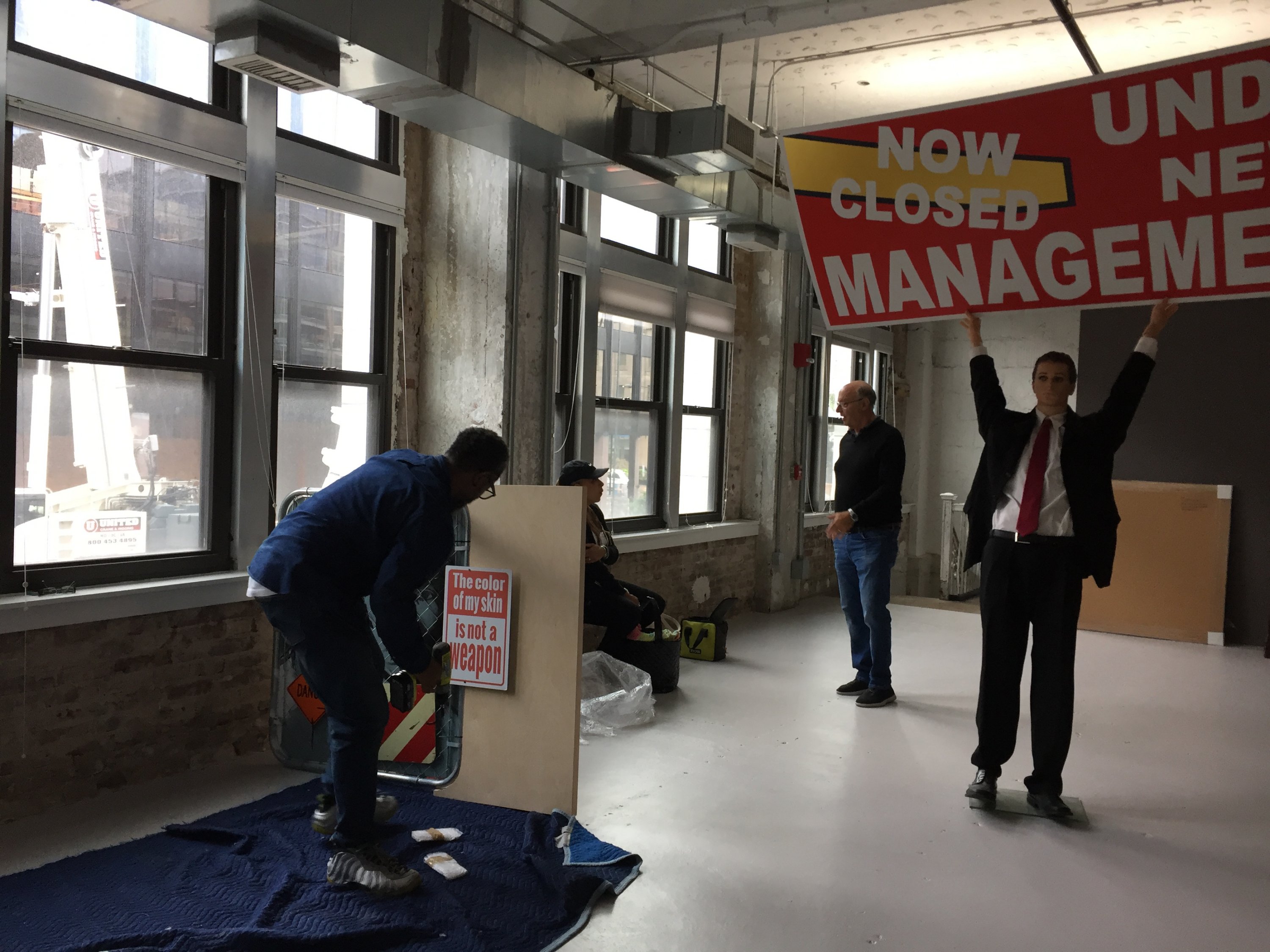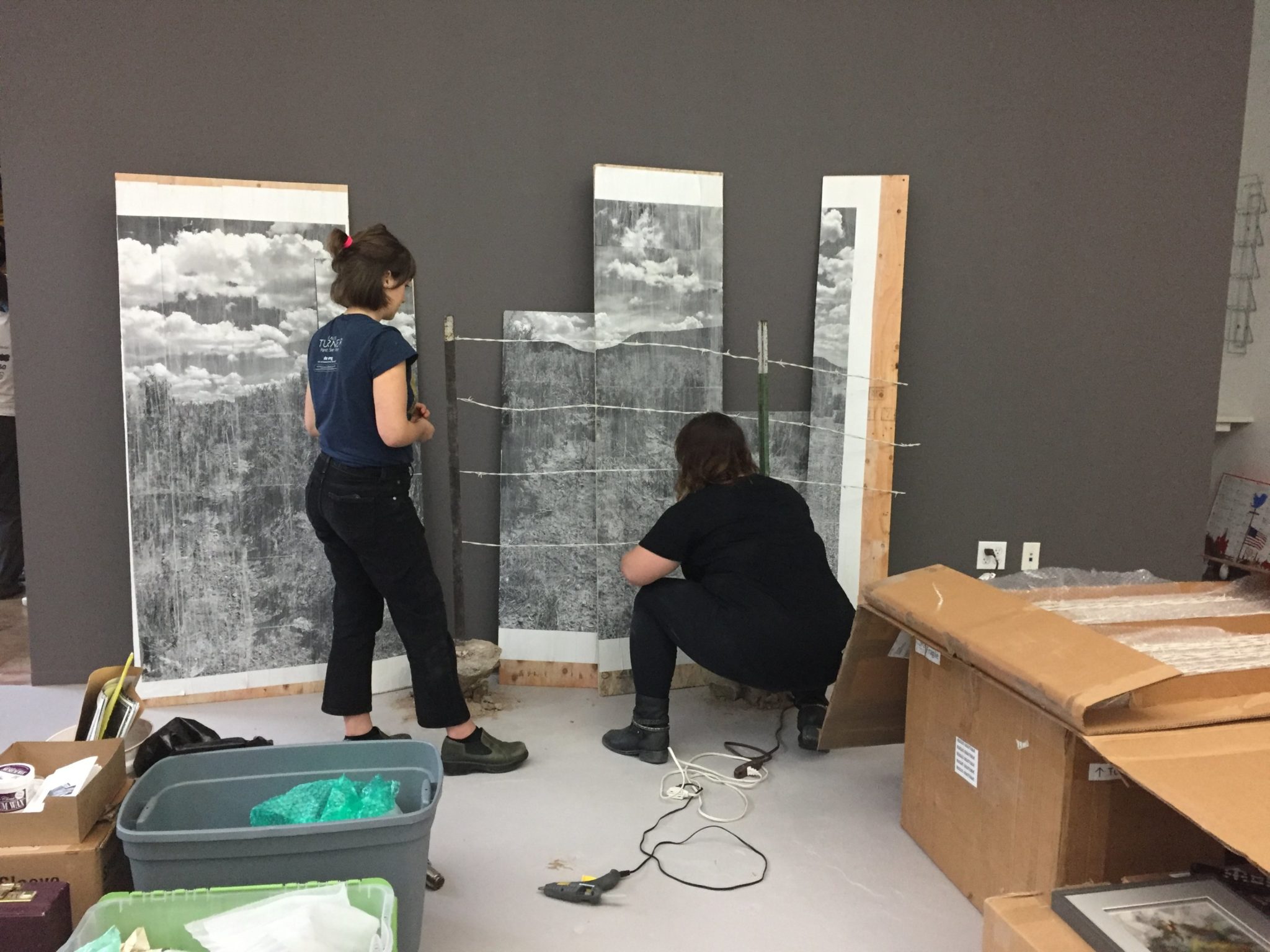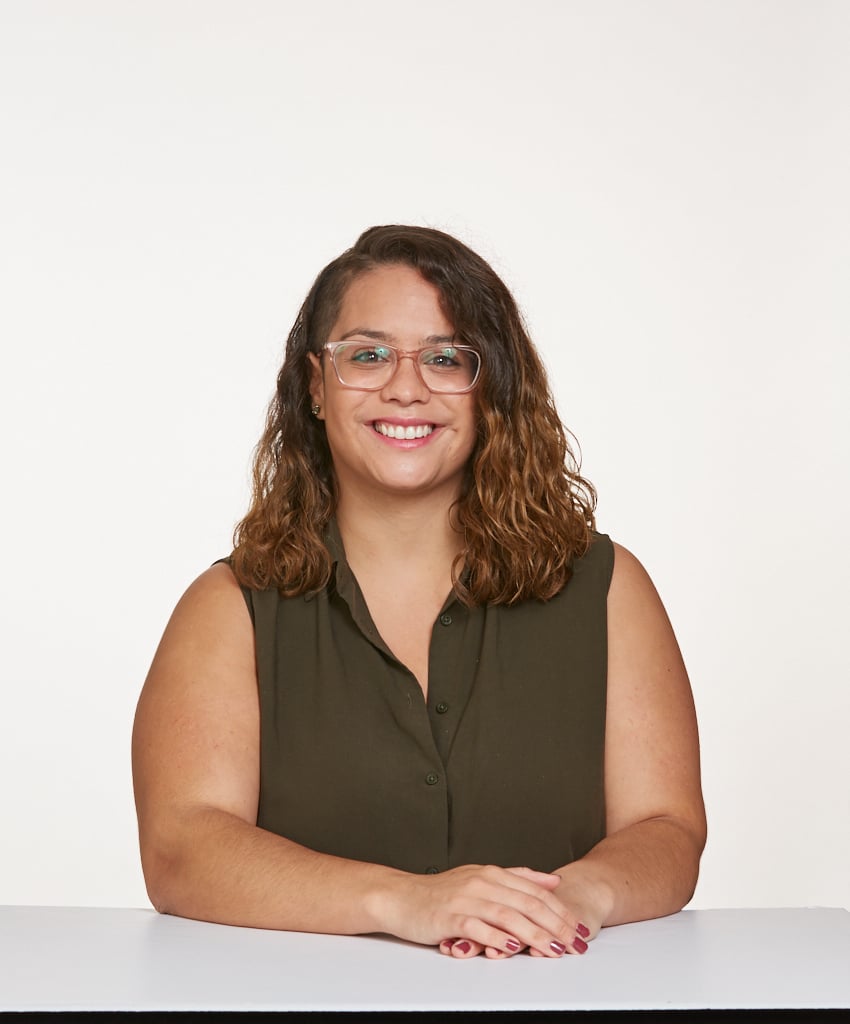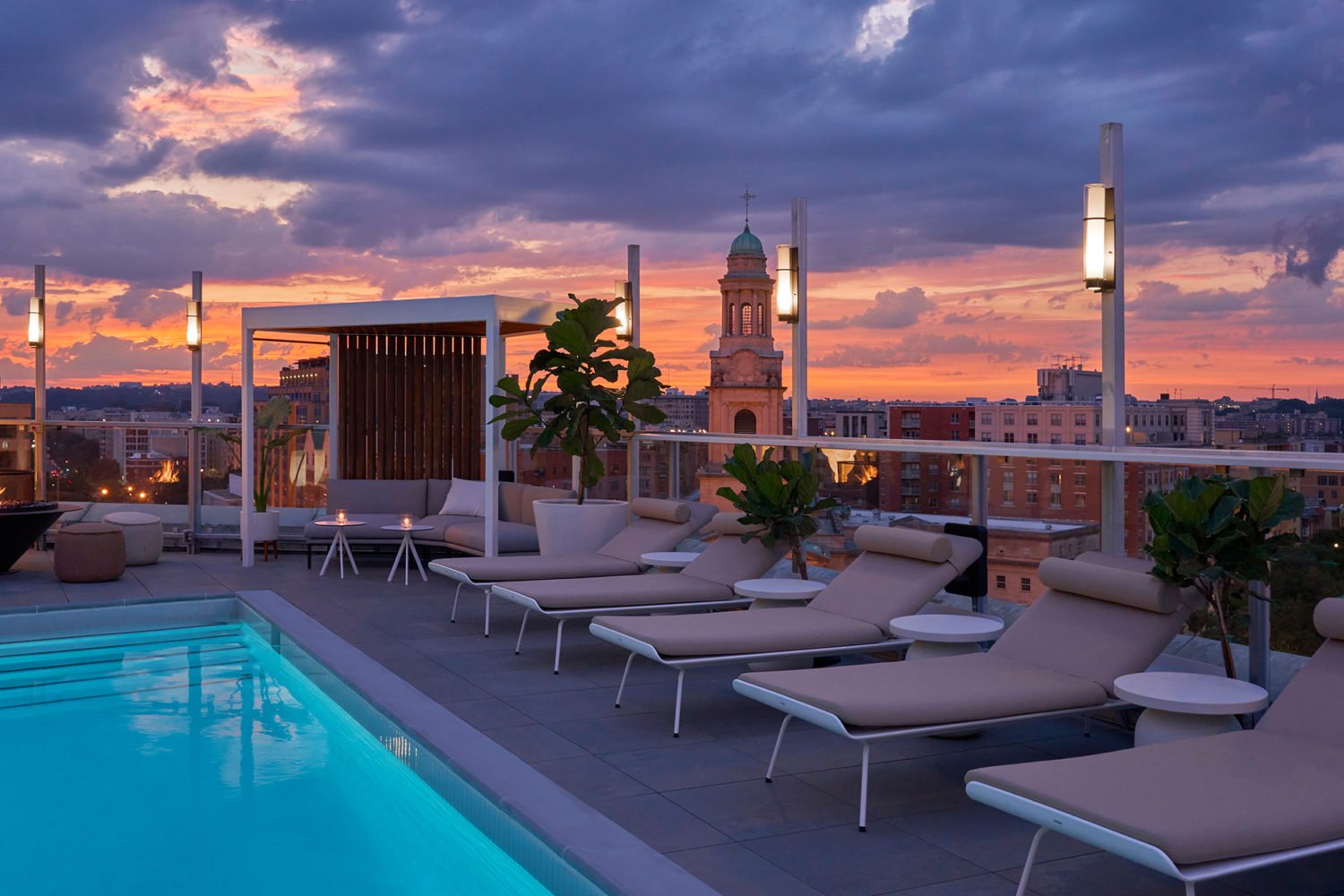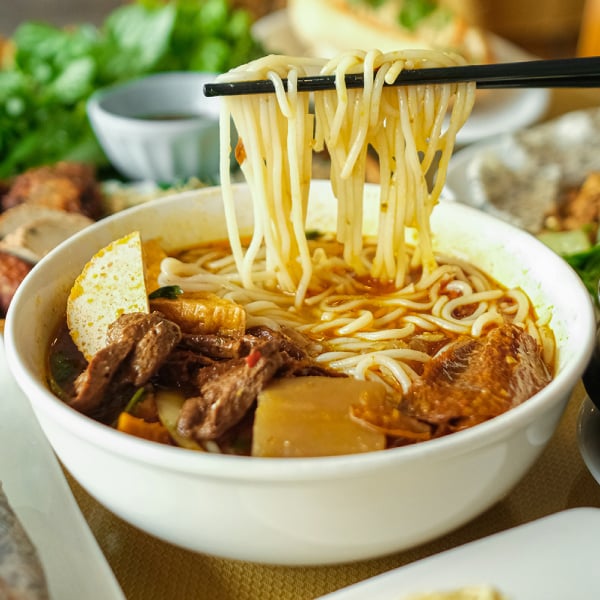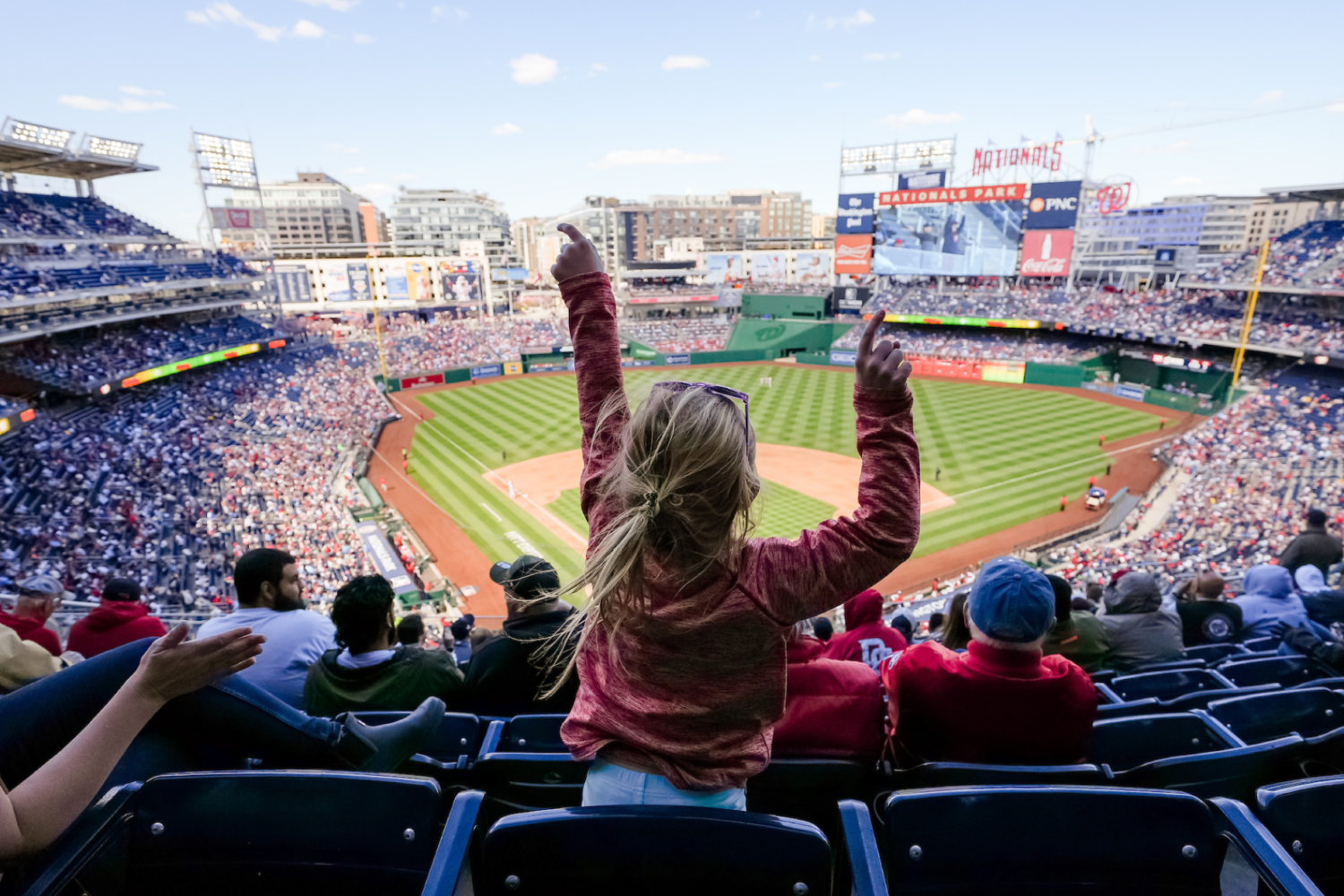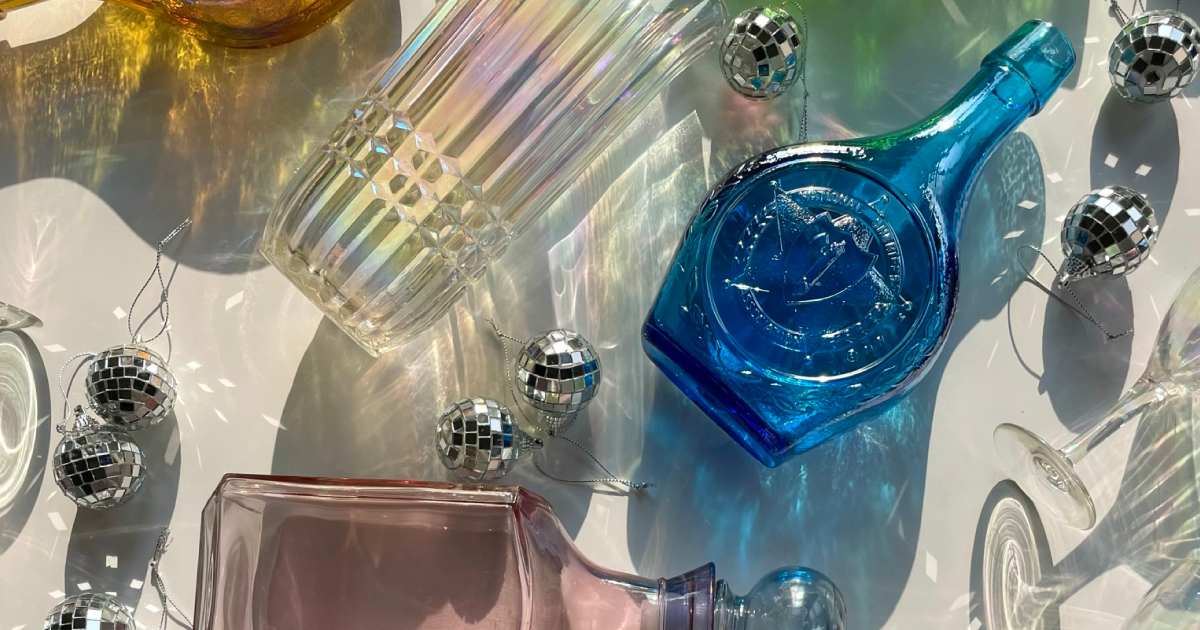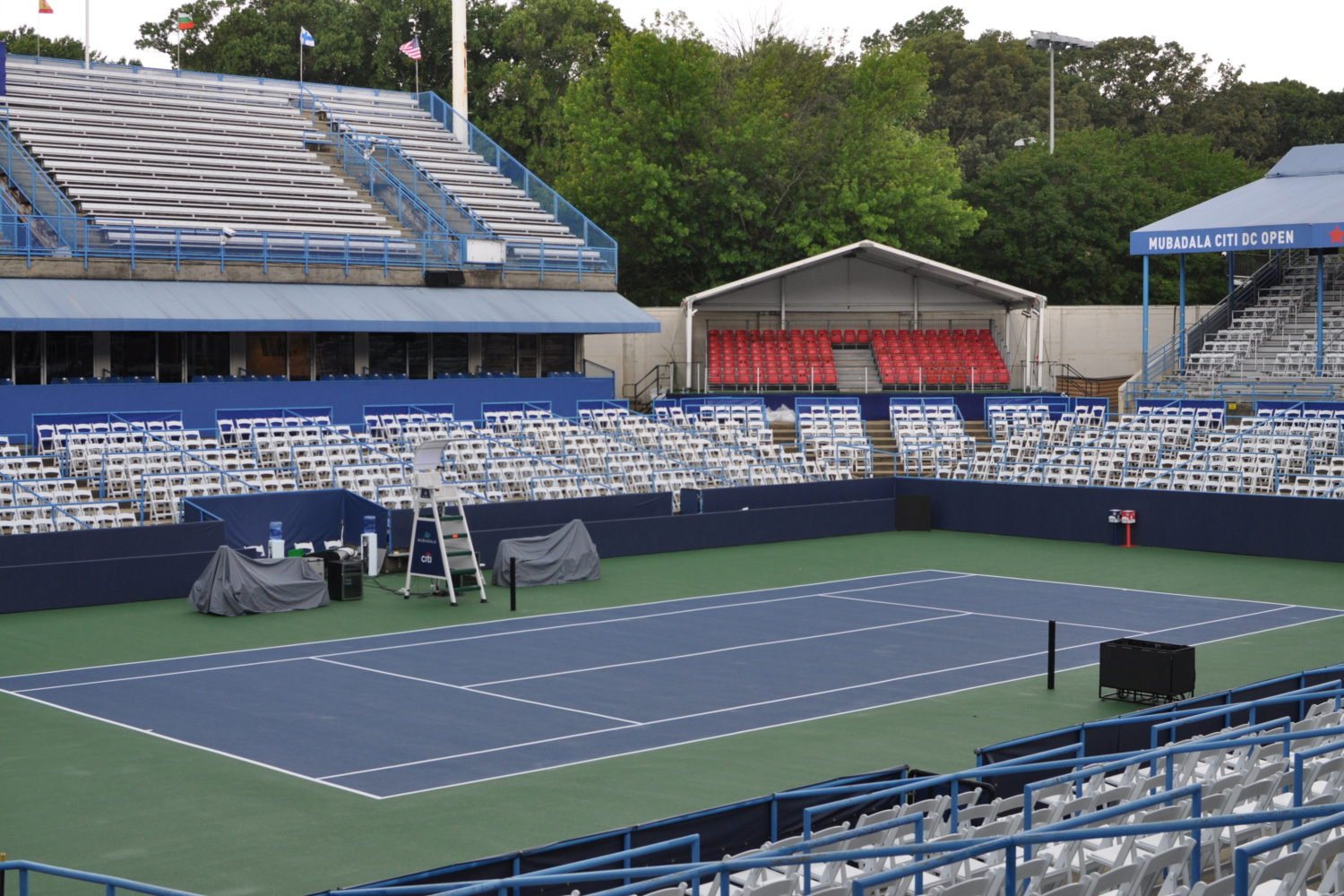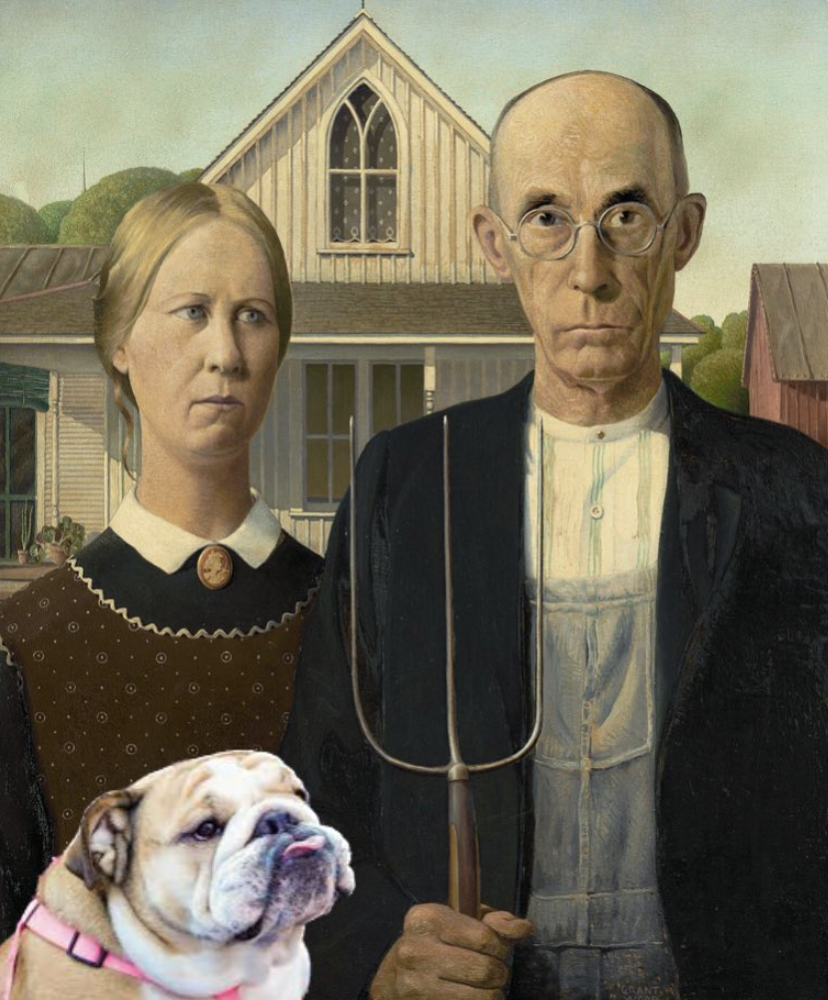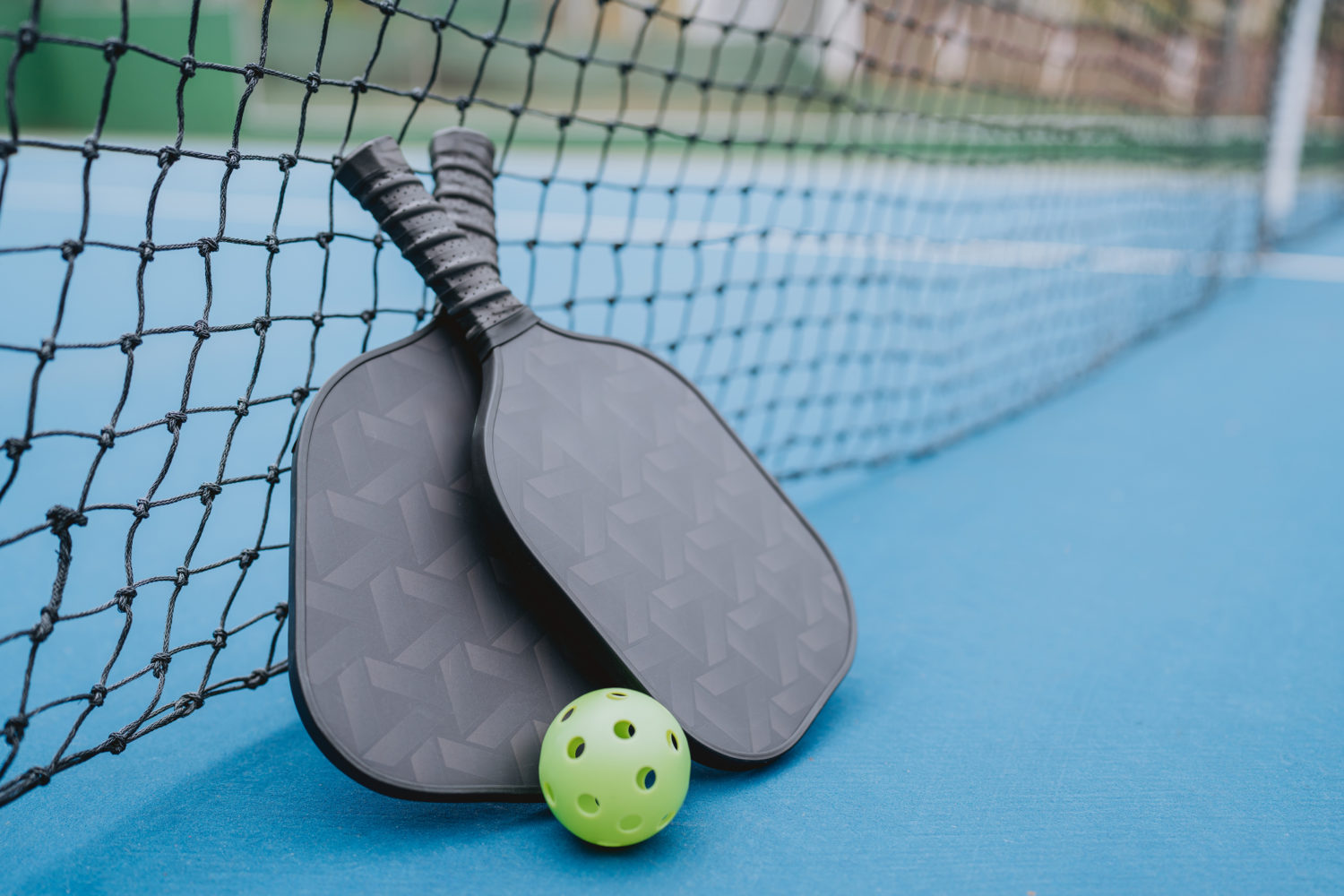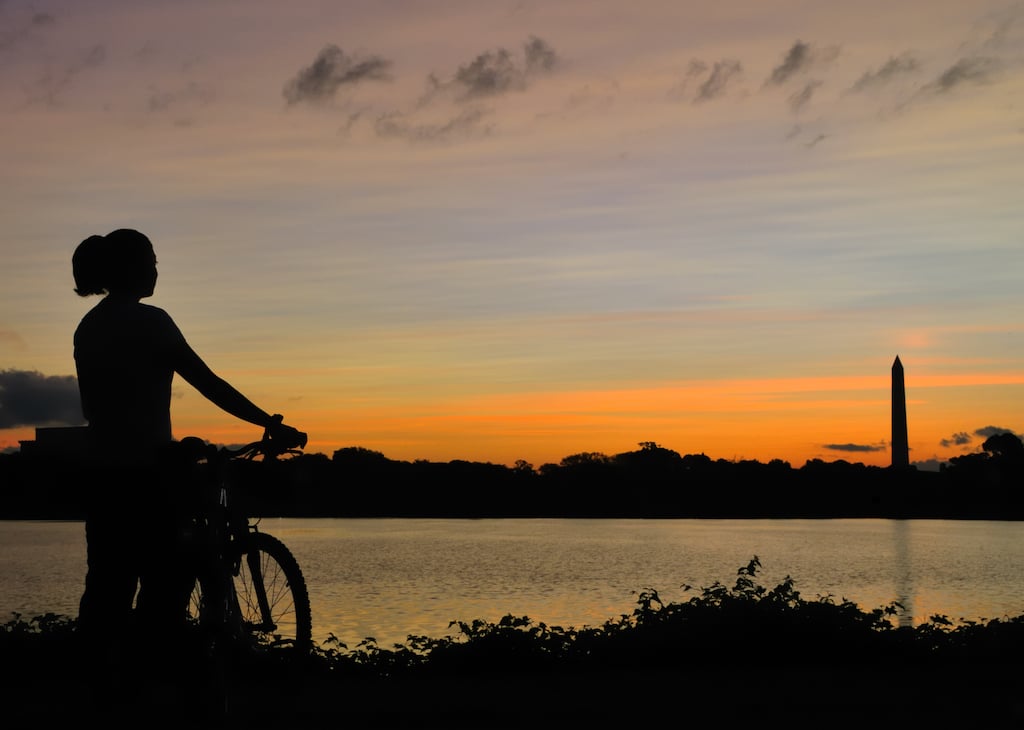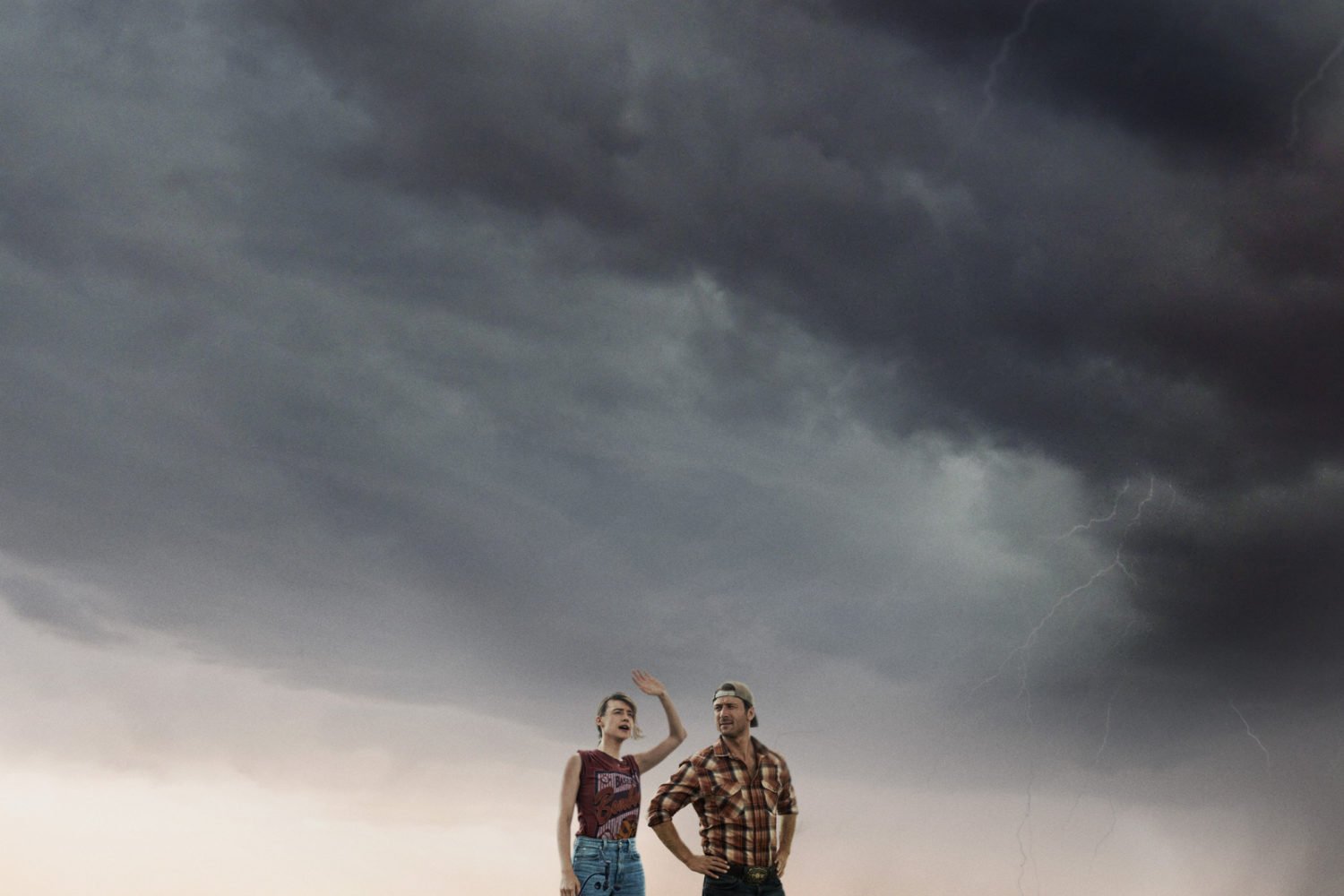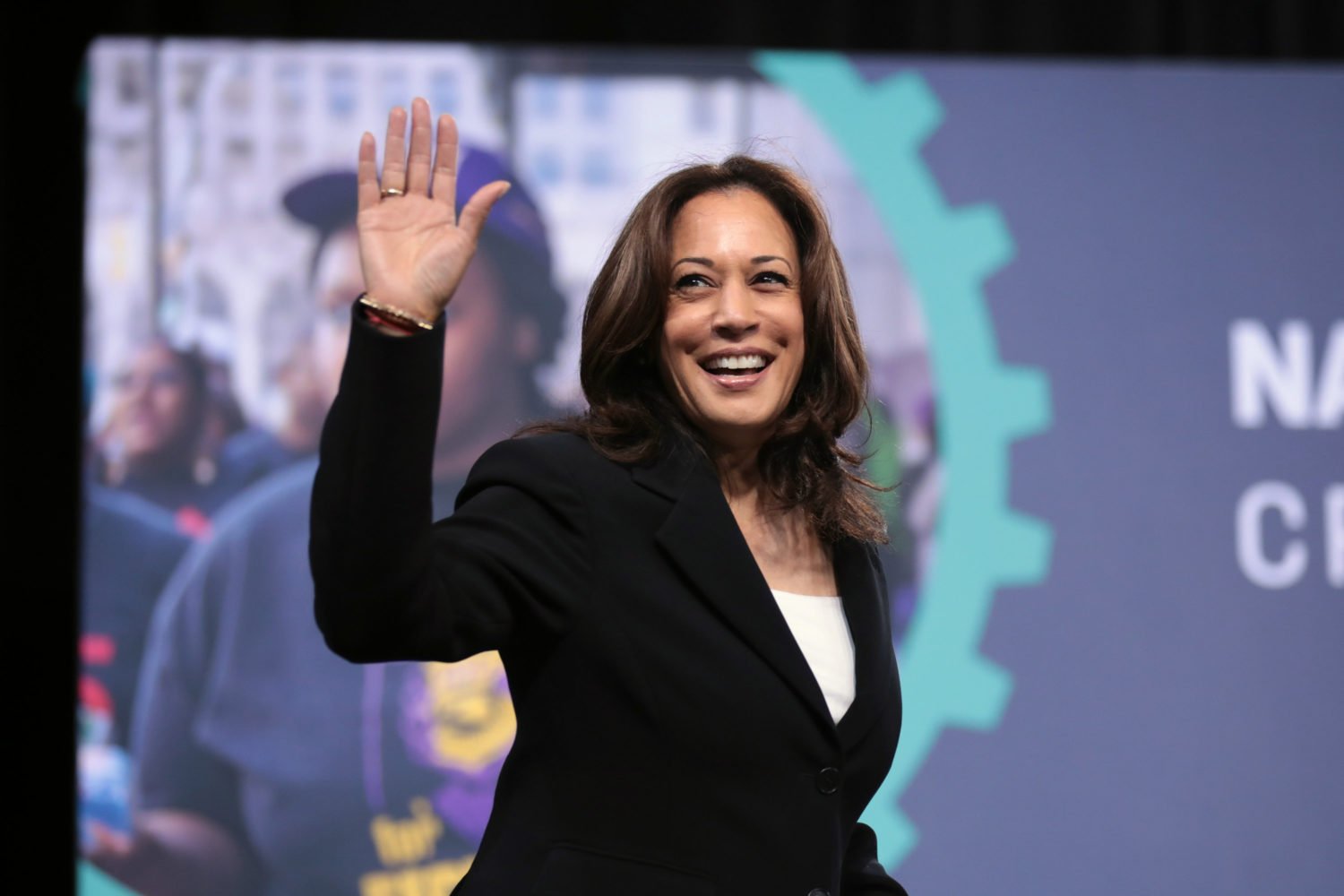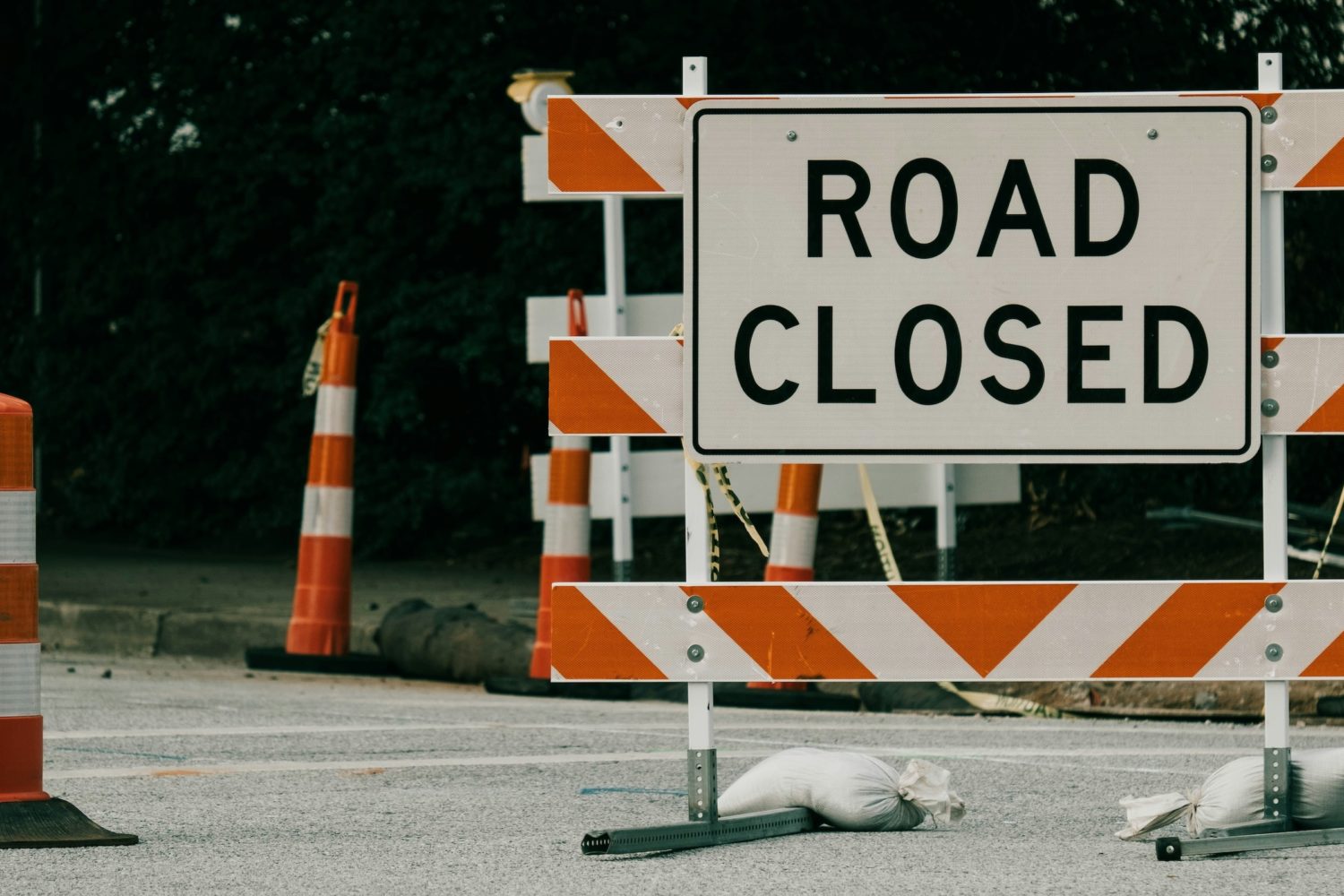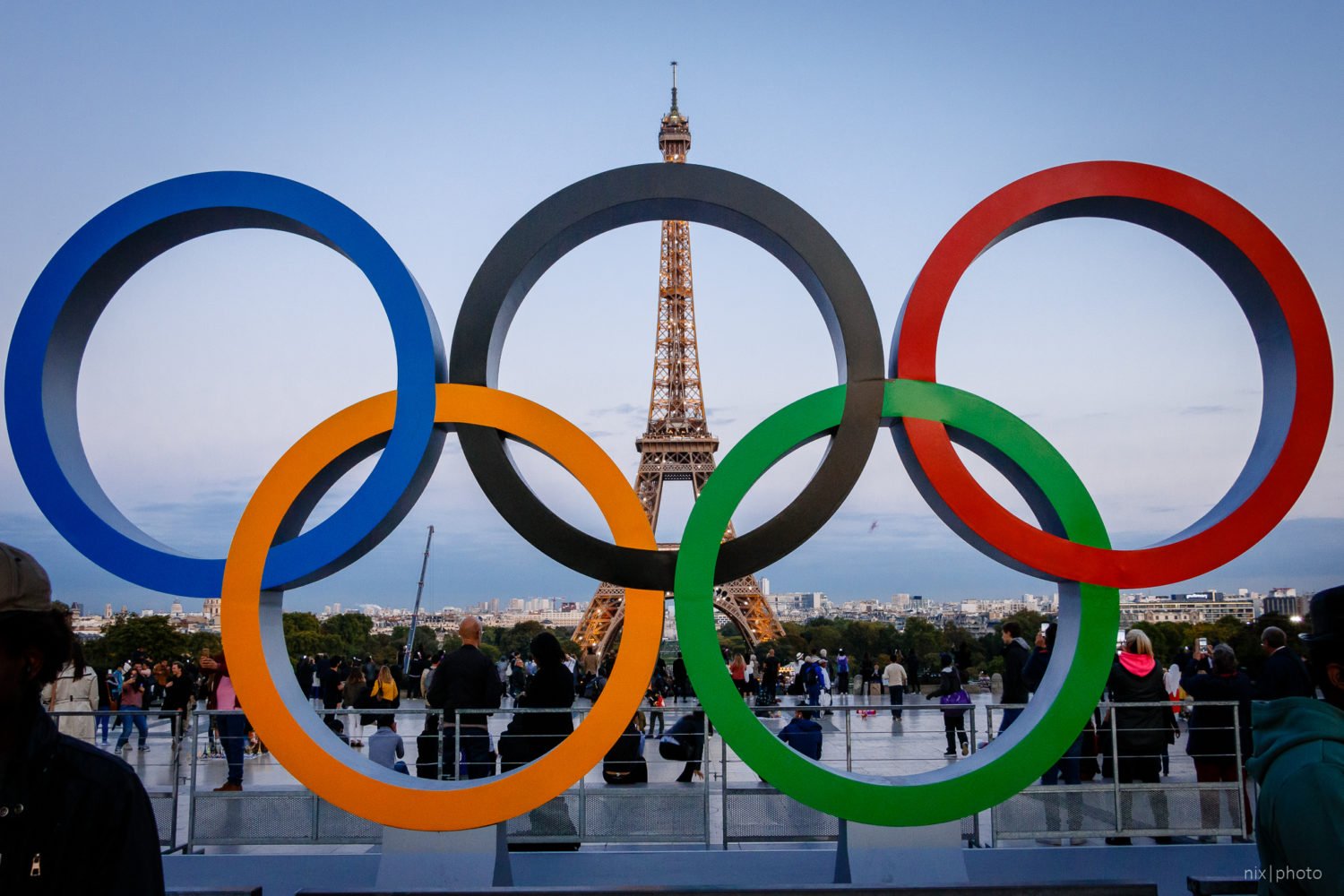DC is about to get its first art gallery devoted exclusively to political work. The Center for Contemporary Political Art opens on September 30, and its first exhibit focuses on art related to the Trump administration—105 works by 99 artists from across the country. Called “Defining: Change in the Age of Trump,” it includes provocative pieces such as “Taking a Hard Stance,” which has pictures of administration officials attached to hand-carved wooden dildos that are covered by condoms.
In just a year and a half, co-founders Charles Krause, a longtime foreign correspondent, and Robin Strongin, a public-affairs consultant, created the nonprofit gallery to be a “safe space” where artists can show controversial work that a traditional gallery or museum might not. Though the center will host rotating shows and events focused on political art, it will not function as a commercial gallery. (If there are interested buyers, the organization will facilitate the sale but won’t be involved in the transaction or make any profit off of it.)
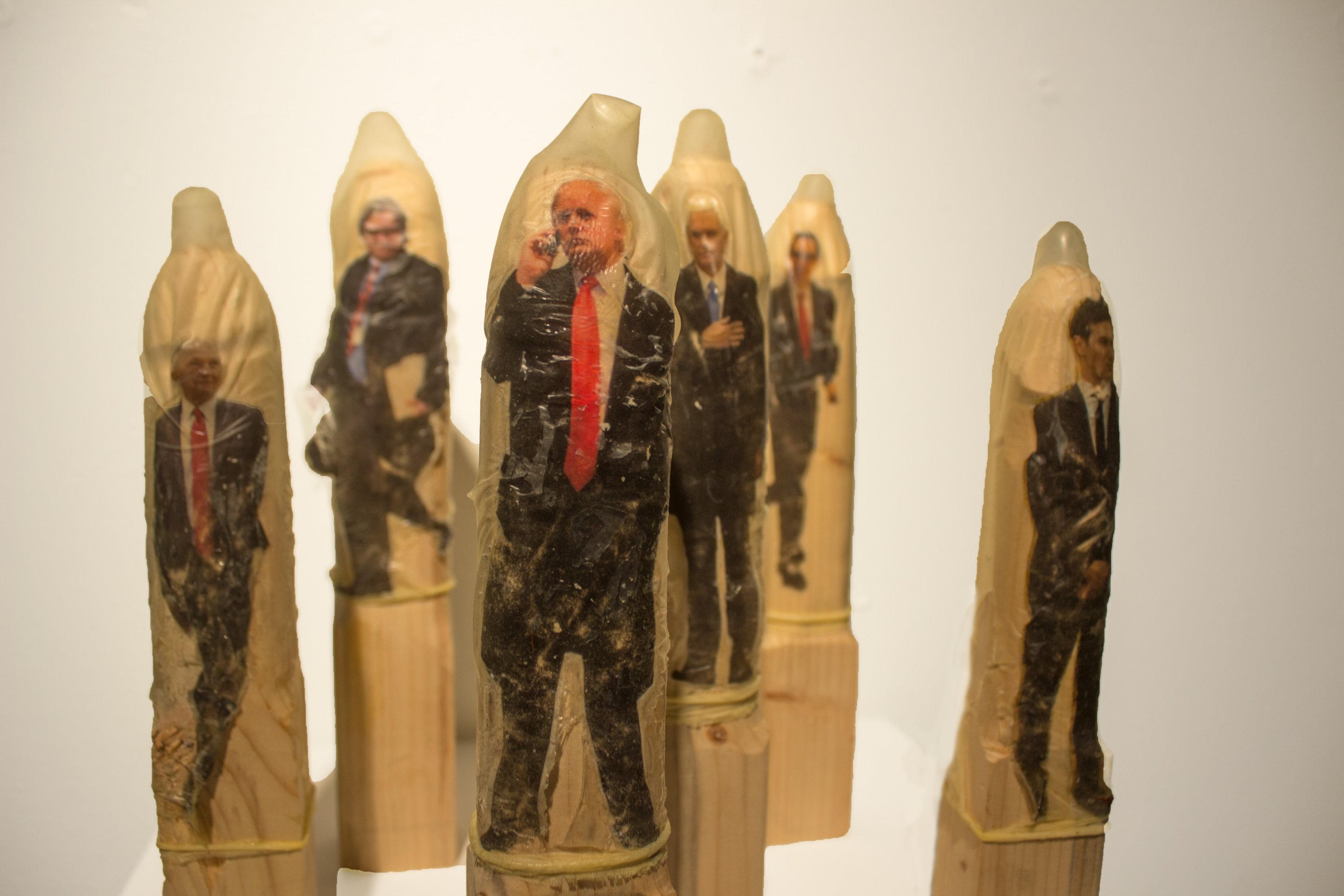
“Museums won’t show the work because it’s so provocative, it’s politically charged, and that’s where we see ourselves making a difference,” says Strongin. “We’re not afraid. We are more afraid to stay silent and not show the work.”
The center was little more than an idea just two years ago. Krause had been running his own gallery, Reporting Fine Art, out of his living room for six years, and Strongin was looking for a change after a decade of running her own firm, Disruptive Women in Health Care. Then, November 2016 happened.
Though Krause does not mention Trump by name, the election was the impetus for founding the center for him and Strongin. She felt “very fired up,” as she puts it, and a mutual friend suggested meeting with Krause. They decided to team up and bring Krause’s gallery idea out from his living room.
For much of the last four decades, Krause covered wars and revolutions in Eastern Europe, the Middle East, and Latin America (he actually got shot in Guyana in 1978). As head of the Washington Post’s South America bureau in the ’70s and ’80s, he took a special interest in the way local artists responded to political events, particularly in places under military rule. “Speaking to artists was a way into the society that was valuable to me as a journalist,” says Krause. “Also, I began to collect art from some of these artists that I met.” It took him about 20 years to realize that as he built his own collection, he unknowingly kept purchasing pieces with strong political significance, especially those in rebellion to authority.
Strongin grew up in an activist household. “When we weren’t in museums, we were in marches,” she says. She always knew she wanted to get involved in a more arts-related field at some point, and meeting Krause gave her the right opportunity.
Last July, Krause and Strongin put out a national call for the center’s first exhibit. They weren’t just looking for work with a direct message; they also encouraged artists to submit abstract art. “The best political art is suggestive, not direct,” says Krause. “People have this idea that political art is protest posters or something. Well, it isn’t.” As the submissions started to trickle in, so did the money. They’ve now raised more than $100,000, much of it for upgrading the space in the historic Mather building across the street from the National Portrait Gallery.
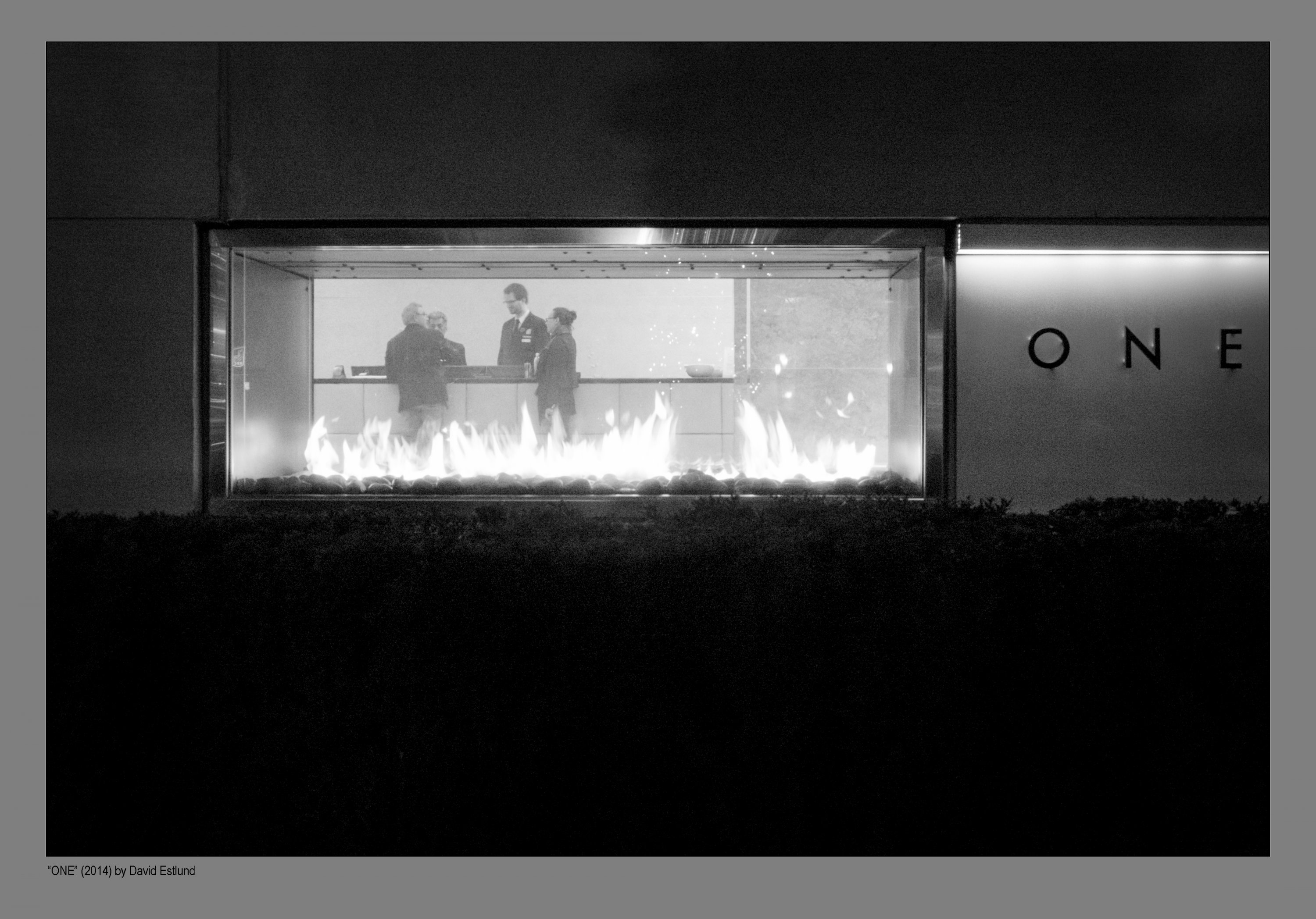
They received more than 500 submissions and the four-person jury—which is made up of Krause, former Kreeger Museum director Judy Greenberg, professor/curator Dorothea Dietrich, and American University Museum director/curator Jack Rasmussen—selected 105 works by 99 artists. “Three hours before the deadline, I thought my computer was about to explode,” laughs Strongin.
Though Krause and Strongin are clearly no fans of the president, “it is absolutely not an anti-Trump exhibit,” Strongin says. “We did not limit the submissions. We didn’t expect to receive a lot of pro-administration [work], but we were open to receiving it. Our goal is to use art to create a space for civic engagement and a dialogue so that people can inform themselves.” In the end, they didn’t get any overtly pro-Trump entries.
Is this new exhibit a sign that Trump has kickstarted a wave of political art? Back when Trump was first elected, many culture commentators predicted an outpouring of responses from artists. “There’s always been political art,” says GW Corcoran art history professor Lisa Lipinski. “There were responses to President Obama, certainly, on the right, but I think it’s a greater response now, especially as rights seem to be in peril.” She cites the Charlottesville rally and the Women’s March as other recent events that have inspired artistic responses.
For Krause and Strongin, the gallery is very directly a response to this political moment. They planned the first exhibit so it would open not far ahead of the November election. “The timing is not coincidental—this is another way to speak to people, to voters,” says Strongin. “There’s a reason people carry signs and share images on social media and go to museums. I just think we tapped into something that has been crying out.”
